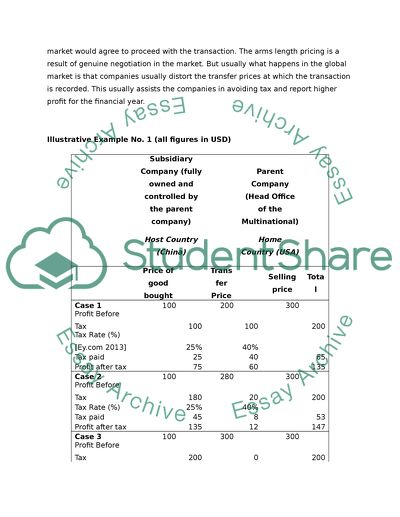Cite this document
(“International Taxation - Transfer Pricing Research Paper”, n.d.)
Retrieved from https://studentshare.org/finance-accounting/1481845-international-taxation-transfer-pricing
Retrieved from https://studentshare.org/finance-accounting/1481845-international-taxation-transfer-pricing
(International Taxation - Transfer Pricing Research Paper)
https://studentshare.org/finance-accounting/1481845-international-taxation-transfer-pricing.
https://studentshare.org/finance-accounting/1481845-international-taxation-transfer-pricing.
“International Taxation - Transfer Pricing Research Paper”, n.d. https://studentshare.org/finance-accounting/1481845-international-taxation-transfer-pricing.


